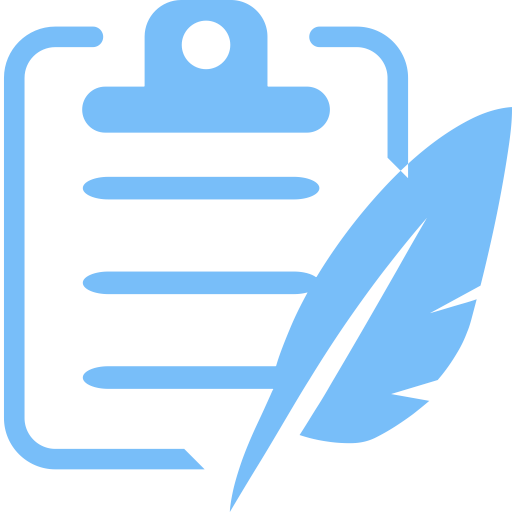Having a clearly written agenda for a board meeting is a great way to start your meeting. An agenda increases efficiency and ensures that all important points are brought up at the appropriate time.
How To Start
Your first task is to identify the format of the meeting (virtual or in-person). Then, consider the attendees: Who will be at the meeting, and what are their titles?
Another helpful tip is to use the previous meeting’s agenda as a template. But what if this is your first meeting? Then that first agenda will become your future template! Creating a meeting agenda can feel slightly daunting if it’s your first time. Fortunately, Microsoft Word has templates that can be modified to meet specific organizational needs.
Next, it’s important to clarify the central objectives of the meeting. You might need to request input from other members of your organization. It’s also helpful to determine the order of discussion items. Some members may have different opinions about the priority of certain action items. The earlier you request feedback, the more organized your agenda (and overall meeting) will be.
Sample Format
Header
Include your organization’s name, meeting date, time, and location. This may be a physical address or an online platform link.
Call to Order
This section is where the board president officially starts the meeting. The minute taker also begins recording minutes at this point. Meeting participants are typically welcomed here as well.
Minute Approval
This is where minutes from the previous meeting are approved or sent back for revisions. If this is the first board meeting, there will be no previous minutes to review.
Changes to Agenda
Any last-minute additions or edits to the agenda are made and agreed upon here. This ensures updates made between the initial circulation and the meeting itself are included.
Reports
This section includes reports from board members related to executive decisions, finances, operations, and ongoing projects.
Existing Actions
This section addresses unresolved items from previous meetings. If this is your first meeting, you may skip this section.
New Actions
Here, new topics are introduced for discussion. These often include proposed changes, investments, or initiatives.
Closing
The meeting ends with a summary of discussed items, a list of action items, the proposed date and location for the next meeting, and the official time of adjournment.
This guide can serve as a helpful starting point to make your agenda perfect for your first (or next) board meeting. A concise yet detailed agenda is the key to running smooth, efficient meetings.
Reference
Indeed Editorial Team. (2025, July 24). What is a board meeting agenda? Indeed. https://www.indeed.com/career-advice/career-development/board-meeting-agenda
